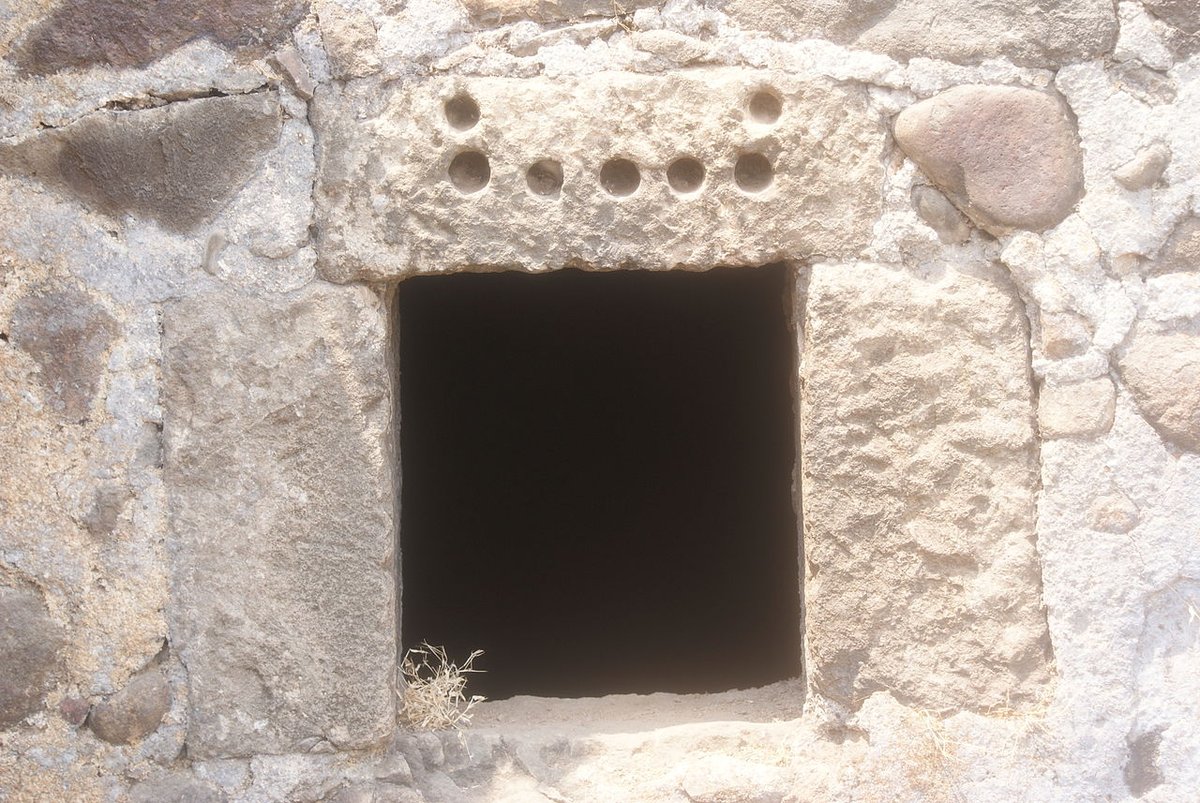
भारतीय वास्तुकला(Wonderful Indian Architecture)
31 Mar 18,
5 tweets, 3 min read
Hanuman, Tamilnadu
Copper alloy, ~16th century CE
This is one of the best depiction of Hanuman, I've ever seen.
#HanumanJayanti
Copper alloy, ~16th century CE
This is one of the best depiction of Hanuman, I've ever seen.
#HanumanJayanti

Ascetic's pectoral plaque with Hanuman as central figure
Note bell tied in tail. Seven hooded Naga flanked by peacocks form canopy over Hanuman. Outer ring is decorated with bead and reel pattern and lotus.
Very unique depiction indeed!
#HanumanJayanti
Note bell tied in tail. Seven hooded Naga flanked by peacocks form canopy over Hanuman. Outer ring is decorated with bead and reel pattern and lotus.
Very unique depiction indeed!
#HanumanJayanti

Interior wall at the grand palace, Thailand
Scene from "Ramakien" (Thai Ramayana): Hanuman enlarges his body to protect Rama's pavillon.
In SE Asian countries Hanuman is mostly depicted in his fierce and rather wrathful form.


Scene from "Ramakien" (Thai Ramayana): Hanuman enlarges his body to protect Rama's pavillon.
In SE Asian countries Hanuman is mostly depicted in his fierce and rather wrathful form.



A fragmentary sandstone panel depicting Hanuman(?) carrying Drona mountain
Dated:~10th century CE or older, Madhya Pradesh
It is interesting to see the crescent arrowhead.
Also note wheeled 'Makara' shaped artillery(?) mounted with riders.
Dated:~10th century CE or older, Madhya Pradesh
It is interesting to see the crescent arrowhead.
Also note wheeled 'Makara' shaped artillery(?) mounted with riders.

Depiction of wrathful Hanuman from Wat Phra Kaew Temple, Thailand
Hanuman is one of the important character in Ramakien, national epic of Thailand.
Hanuman(or Sugriva?) on his chariot
#BajrangiTwitter

Hanuman is one of the important character in Ramakien, national epic of Thailand.
Hanuman(or Sugriva?) on his chariot
#BajrangiTwitter


• • •
Missing some Tweet in this thread? You can try to
force a refresh





















































